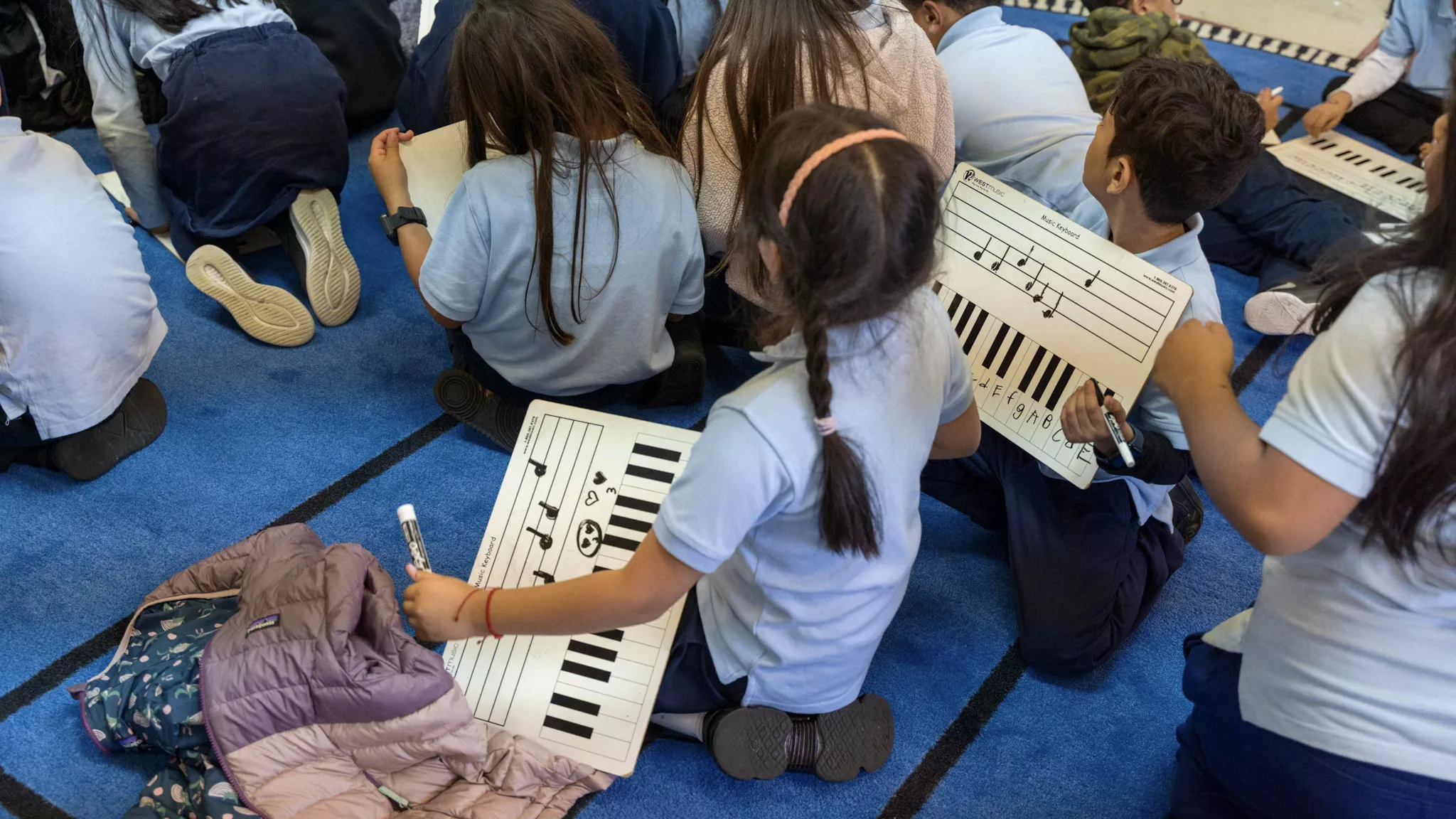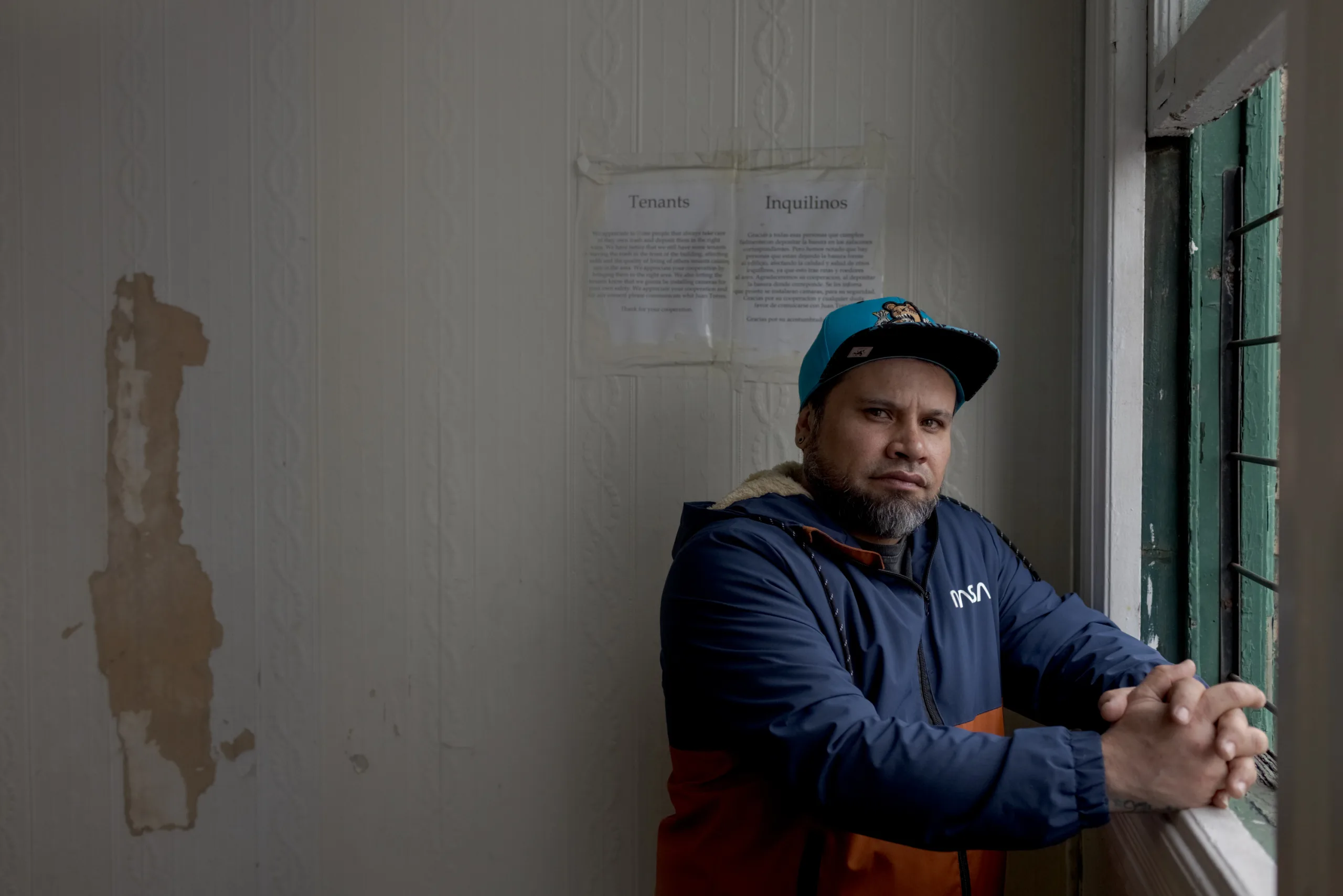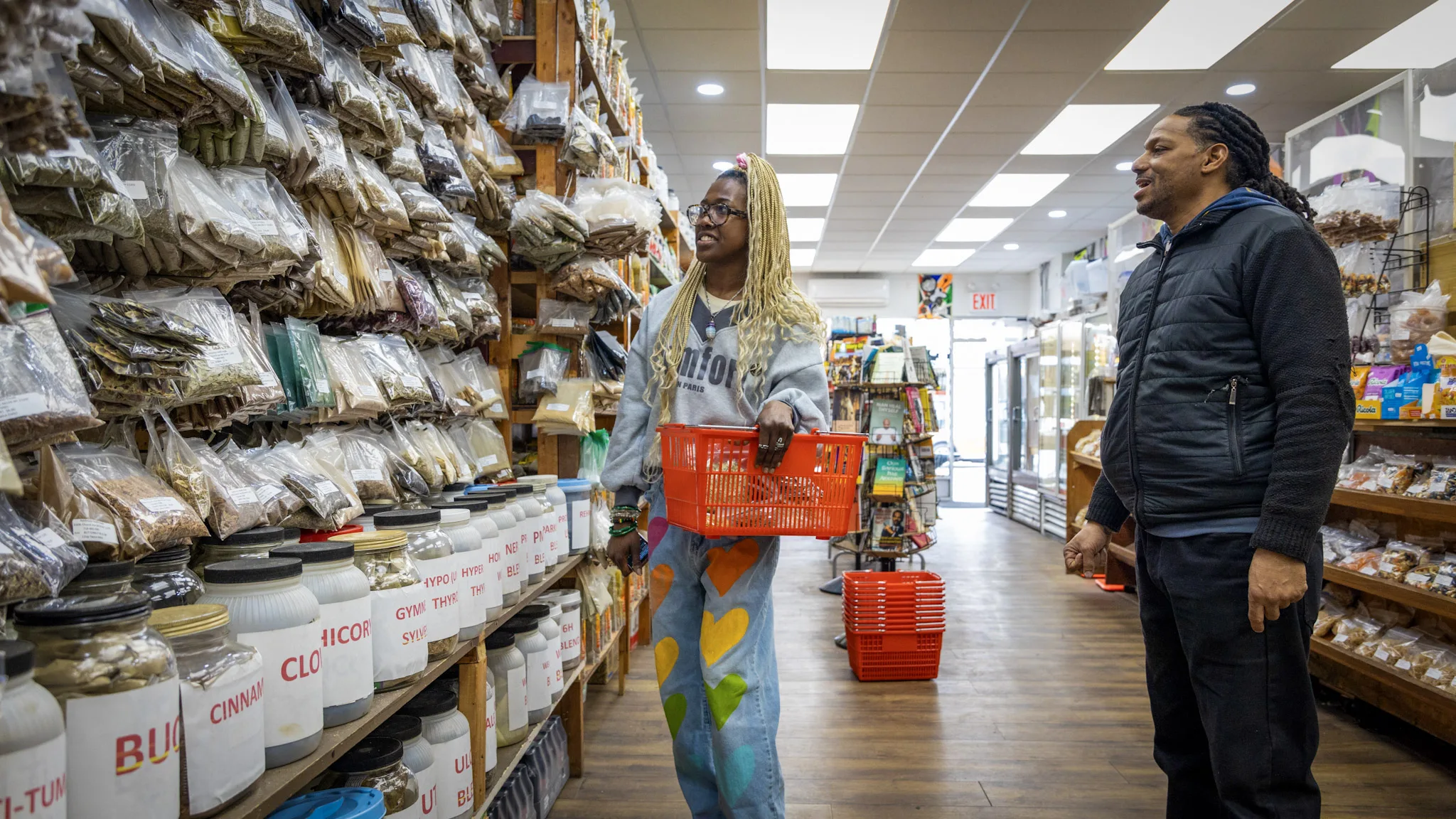When Yassine Berrehouma lost his job as a software engineer at ADP in April, he knew he would have a harder time than most finding new employment. It wasn’t that he was unqualified. At 26, he had a software engineering degree from the University of Oklahoma and a master’s in computer science from the New Jersey Institute of Technology.
Berrehouma has been living in New Jersey since 2017, but is originally from Tunis, Tunisia. He came to the US in 2013 on an F-1 visa, after getting a full rowing scholarship for his undergraduate studies. His parents and two brothers still live back home in Tunis and they keep in touch over the phone.
When he graduated, he got a work visa through Optional Practical Training, a program that allows students to work in the field of their degree after they finish their studies. Since 2016, more than 600,000 others have received work permits through the program. Now, Berrehouma, like many others across the country who’ve been laid off due to the coronavirus related economic troubles, faces an upcoming deadline to land a job. If he can’t, he will have to leave the country to head back to Tunisia, or find work in another country altogether.
The coronavirus epidemic has sent the U.S. economy into a tailspin since March. It has come amidst the Trump administration’s aggressive plan to ramp up deportations of undocumented immigrants. Recently he also issued an executive order curtailing new work visas and other forms of immigration. But it has also affected hundreds of thousands of highly-educated workers who have already been working for years through OPT, one of the rare immigration programs to have grown under the Trump administration. While the stakes for these workers differ from those who are undocumented and working low-wage jobs, the Trump administration has also made it clear it plans to further restrict this program, making it more difficult for companies to find workers with more technical, in-demand skills.
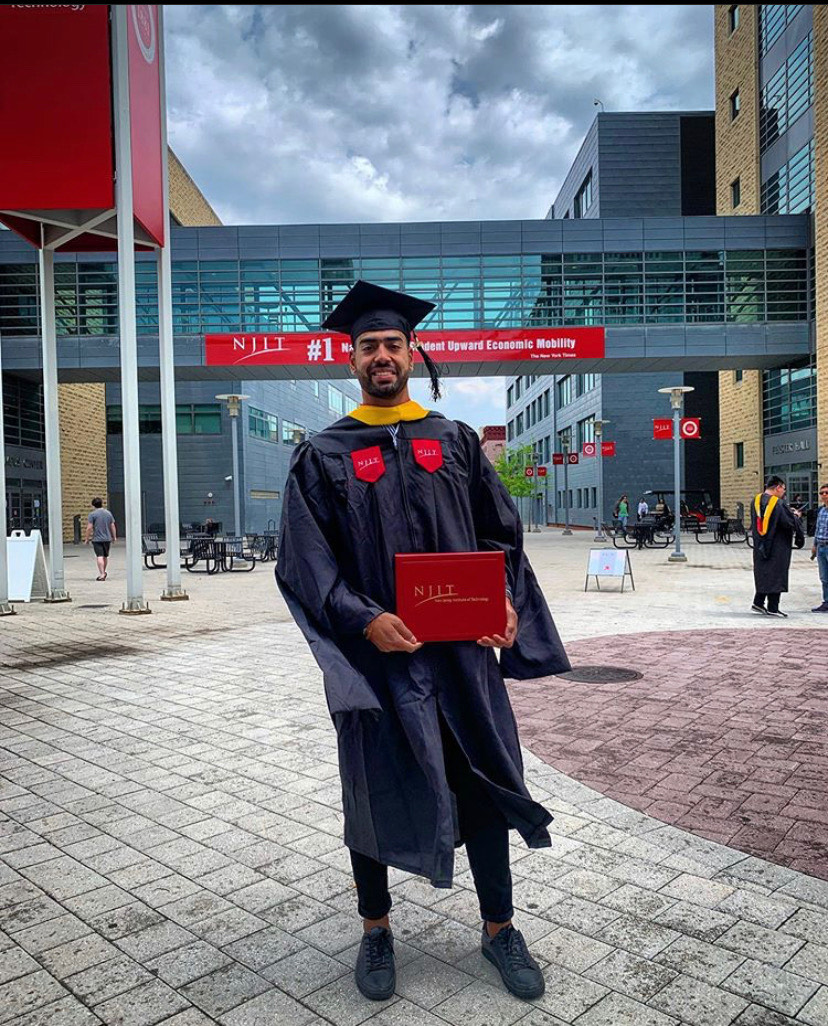
“Like with so many things in immigration, we’re living in a new world under this administration. It’s hard to predict what they will and won’t do,” said Sarah Pierce, a policy analyst at the Migration Policy Institute. “Especially when talking about that provision that they must get a job that relates to their degree, we didn’t see a lot of enforcement around that until the Trump administration.”
While not as well-known as other foreign worker programs, like H-1B visas, OPT is a temporary work program for people who are already in the US on F-1 visas to study. The recent executive order on foreign workers, issued June 22, doesn’t apply to OPT, since the people in the program are classified as students. The program allows every student, through their university, to apply through Immigration and Customs Enforcement, though the program is overseen by USCIS. The students accepted into OPT work for a year in their chosen field of study, and those with backgrounds in science, technology, engineering, and medicine, can extend for two years beyond that. More than half of students approved for jobs fall under the STEM fields, according to the Pew Research Center.
The program has been touted as a win-win for students and employers, with the former gaining experience and the latter getting access to more workers and knowledge of international markets, according to a 2016 report by the Government Accountability Office that relied heavily on the input from the Department of Homeland Security. In addition, the report said, “the nation also will benefit from the increased retention of such students in the United States, including through increased research, innovation, and other forms of productivity that enhance the nation’s economic, scientific, and technological competitiveness.”
“OPT is one mechanism by which the U.S. can compete with other countries for top talent,” Pew wrote in a 2018 report.
However, the coronavirus pandemic has put OPT in the Trump administration’s crosshairs. In April, Acting Homeland Security Secretary Chad Wolf said on a conservative radio program that they were looking to restrict the number of students who took advantage of the program, though there have been no concrete details released yet.
“I do think this program is hurtling toward some very restrictive measures,” Pierce said.
In addition to the political pressures on the OPT program, Berrehouma has found his job search hamstrung because of the byzantine visa rules set for federal immigration authorities. The requirements of his visa restrict him to jobs related to his academic studies, and the few companies still hiring typically screen out applicants for people like him who need sponsorship, making it harder than ever to get noticed, he said.
“Whenever you apply for a job, there’s a question they ask you, always: do you now, or in the future, require sponsorship?” Berrehouma said in an April interview. “There’s an algorithm behind this that makes it easier to the recruiter, when they have over a thousand applicants, to select quickly. And they filter if they don’t want internationals.”
OPT is one of the largest federal programs for foreign workers, according to the Institute for International Education. It’s also an increasingly popular program. Enrollment rose 27% to 223,000 from 2016 to 2019, according to the IIE. At the same time, the rate of new international students enrolling in U.S. colleges fell to 0.05%, down from 3.4% during the same period.
However, the Trump administration has recently increased its enforcement of students here on OPT, including by making the process harder to complete, which could lead to fewer students remaining in the U.S. if they can’t get a job during this recession.
While other work visas like the H-1B are typically tied to a single employer, workers who have been laid off typically have 180 days to either find a new job, change their visa status, or leave the country. For people in OPT, that timeframe has condensed to 90 or 120 days, depending on whether they were granted an extension.
For Omar Baraket, that deadline led to him applying to more than 620 jobs–a tally he kept on an intricately detailed spreadsheet he updated each morning since he was laid off in March. His last job was in operations at Knotel, the shared workspace landlord. Also from Tunisia, he’s friendly with Berrehouma, since they know each other through the same networks for international students. During his off-time, he studied SQL and other computer languages in order to make himself more attractive to employers.
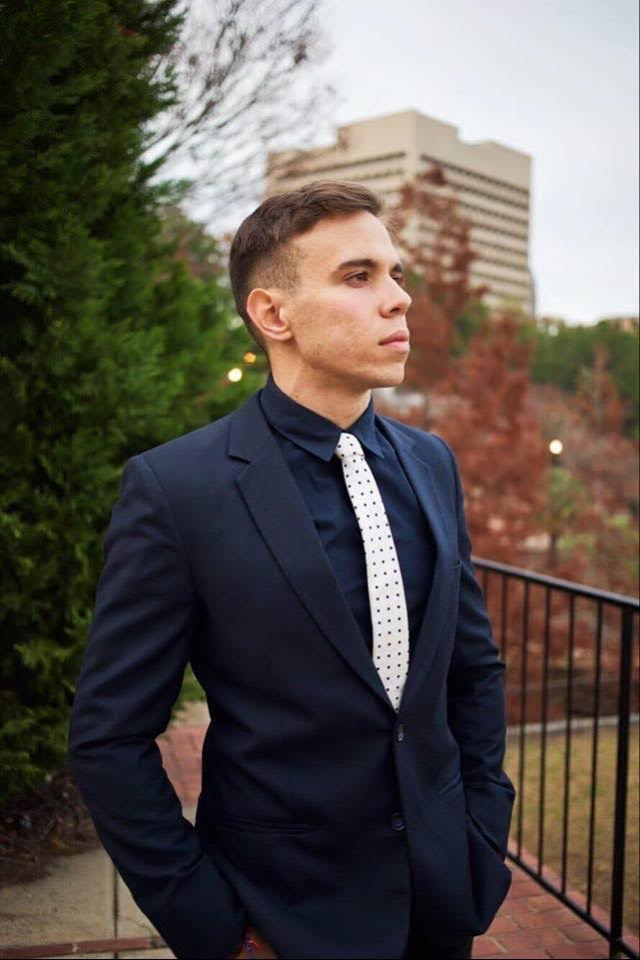
When Documented first talked to Baraket in April, he was running out of funds to stay in his Manhattan apartment and was planning on staying with a friend in New Jersey. He said he was having trouble getting guidance from his alma mater, the University of South Carolina, on whether he could apply for unemployment or obtain other resources.
“We are running out of money,” he said. “I contacted my school and haven’t been able to find guidance.”
However, he was able to get a few breaks. In May, a single unemployment check came through, allowing him to cover rent. And on June 8, he accepted a job in Cleveland, Ohio, and was planning on moving there imminently.
Berrehouma said he’d applied to more than 900 listings for companies like Bloomberg and Amazon through LinkedIn and other job search sites. While he’s gotten close to reaching a job, he hasn’t secured one yet. The application process can be long, as tech companies looking to hire programmers like him often give him tests to fill out that can take days, he said. It’s only after he completes those tests that his visa status gets brought up, and most companies have told him they’re only looking for U.S. citizens to fill the role, he said.
If he doesn’t find a job by July, Berrehouma still has another 60 days to leave voluntarily, but he’s already preparing for a Plan B if his best prospects don’t work out.
“I don’t want to go home and just sit around,” he said in a June interview. “I was thinking I’ll just stay here, enroll in a college temporarily to extend my legal stay here in the States. But at the same time, I’m going to apply for jobs in Canada and jobs in Europe while I’m in the U.S.”
When asked about his biggest concerns, Berrehouma said he was trying to stay positive while keeping his situation from his parents, in order to keep from disappointing them.
“The pressure is on and on,” Berrehouma said. “And, actually, I’m not going to tell them until I find the job. I feel like there is no reason for them to worry and it’s not going to add anything if I say, ‘hey, I don’t have a job anymore.’ There is no benefit.”



